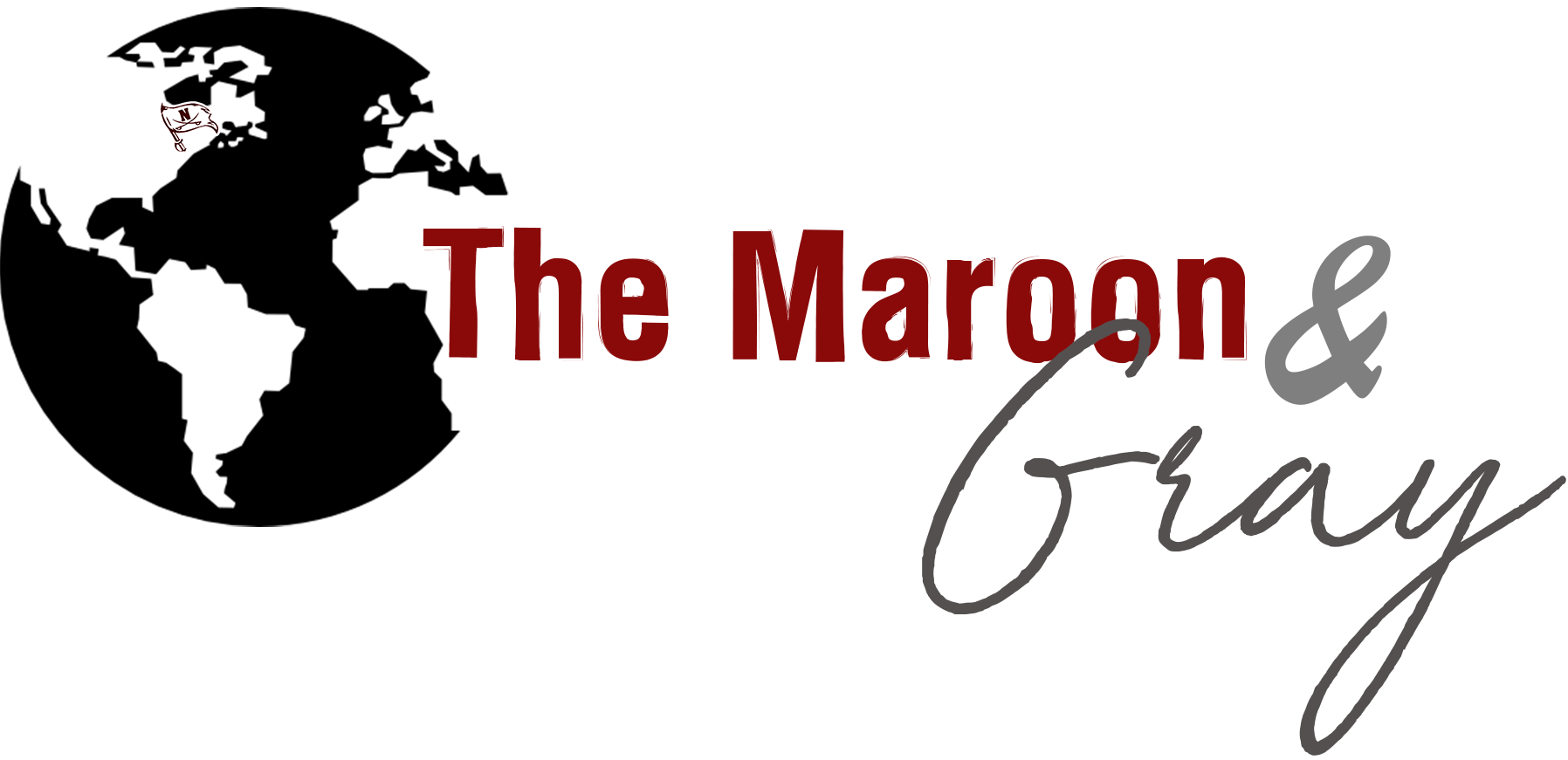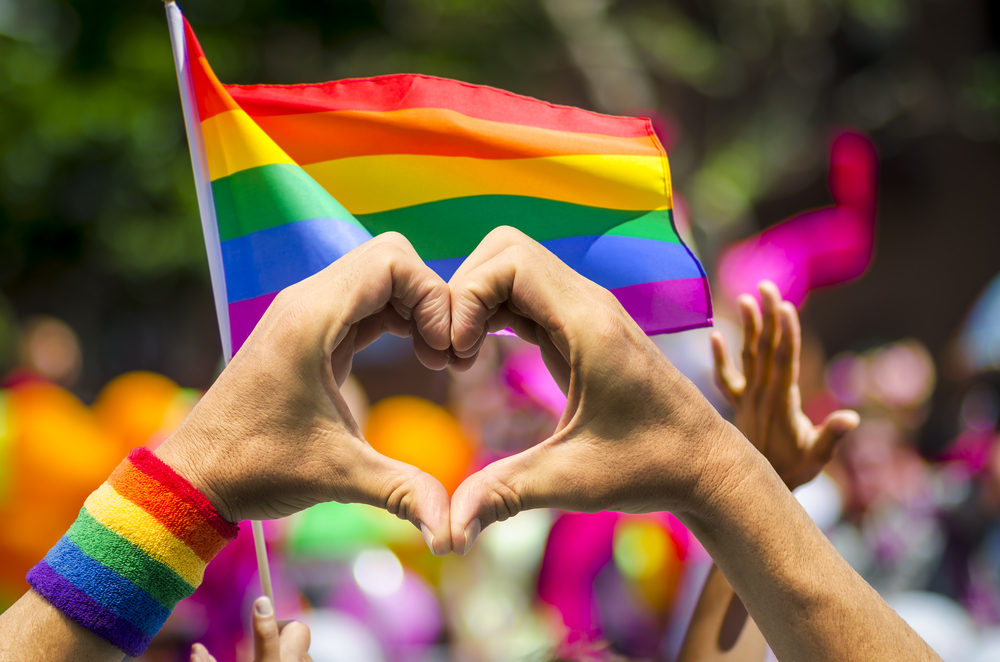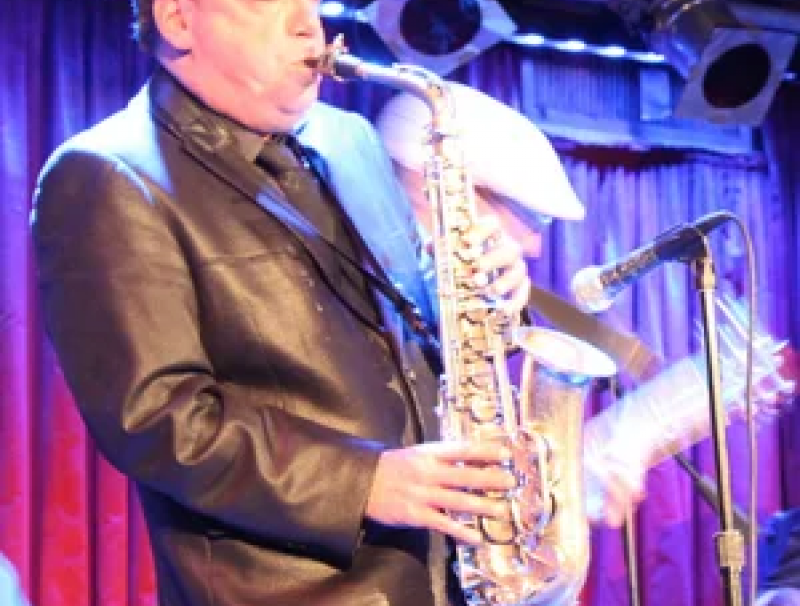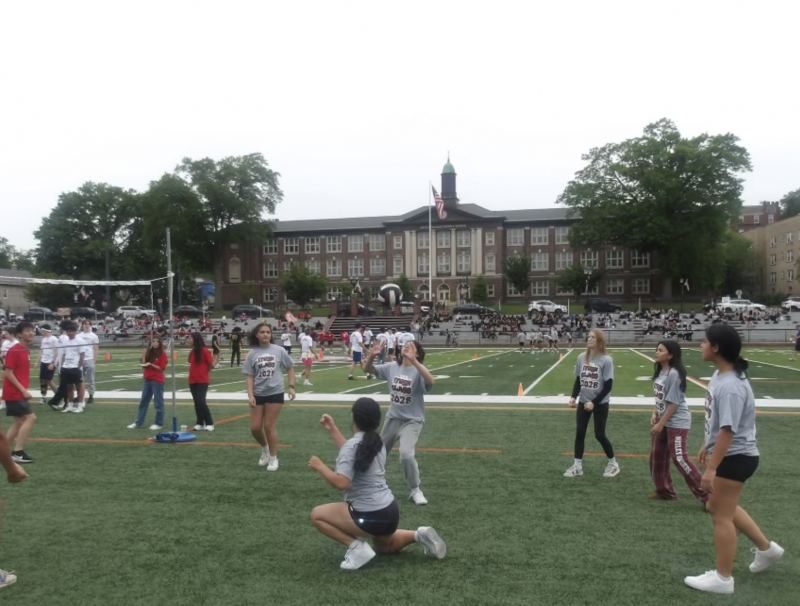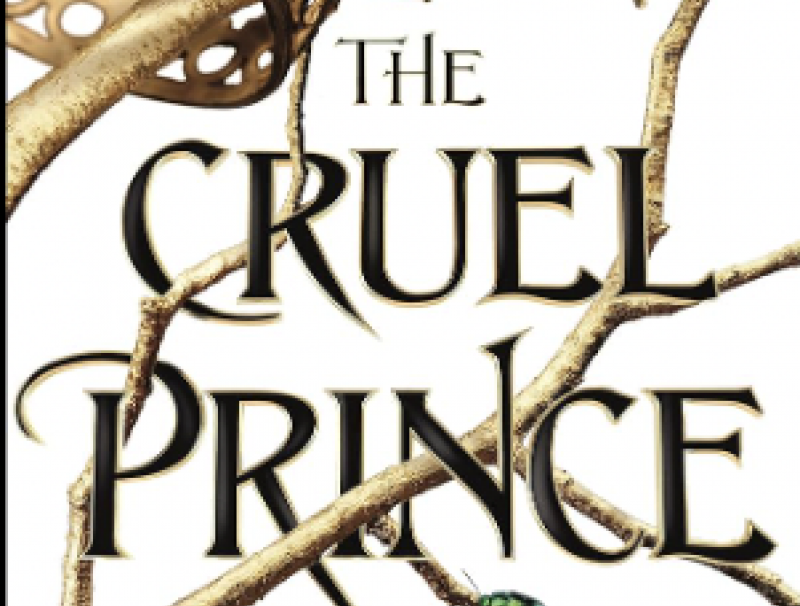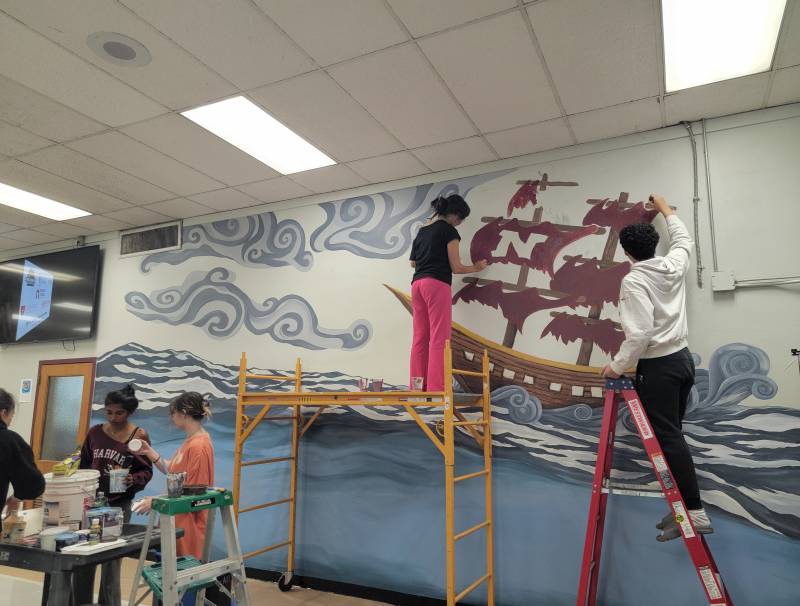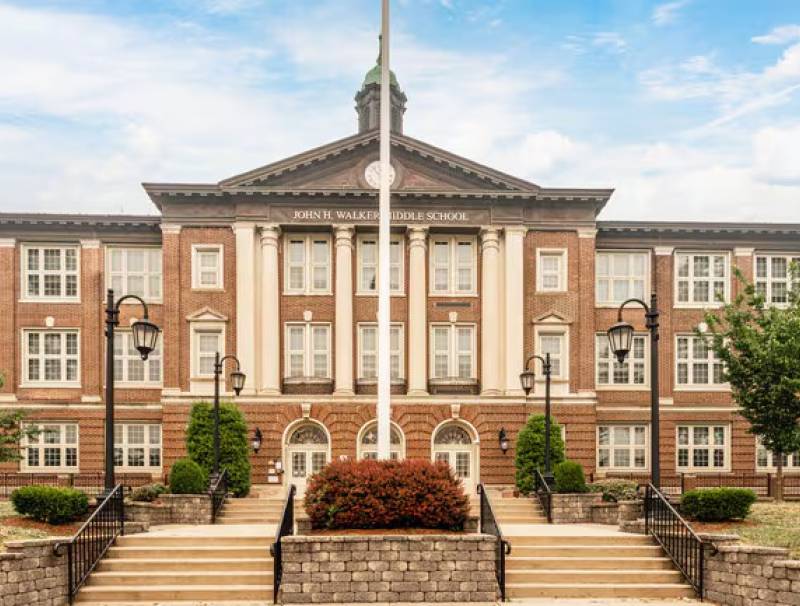Celebrating Identities & Orientations Outside of the Spectrum
As of June 2022, it is the 23rd celebration of Pride Month. During this time, individuals, whose sexual or romantic attraction and gender identity fall outside the mainstream, commemorate the freedom to be themselves. Pride parades and gatherings are traced back to the history of minority groups who have endlessly fought the decades of prejudice to be accepted for who they are.
Prior to Pride Month being a celebration, it was initially a protest. June pays homage to New York’s Stonewall rebellion in June of 1969. The Stonewall rebellion was a response to police raiding Stonewall Inn, a queer-safe bar, in Greenwich Village. During this time, any homosexual act was reputed as illegal within almost every state. As a result, bars and restaurants were forced to close down if there were any queer employees or were serving queer patrons. Police raids weren’t uncommon at the time, but the LGBT+ community had finally snapped and decided it was time to fight back.
Beginning on June 28, 1969, there were a series of impromptu protests against police and fighting for their pride — their true selves. Regarded as the kick off for the riot, lesbian activist Stormé DeLarverie resisted arrest and argued with how tight her handcuffs were. Crowds of people began to taunt the officers, threw pennies and glass bottles, with some even slashing the tires of the police vehicles.
With the increasing mob of people, the NYPD officers are cornered and forced to retreat, barricading themselves inside Stonewall. Rioters continued to fight, going as far as to use a parking meter to break down the door or improvise with bottles, matches, and lighter fluid as firebombs. Even with the officers calling for backup, protesters outwitted them and scattered, running off and circling the blocks. Finally, post-4 a.m., the riots begin to settle down with no deaths or critical injuries.
Over the next course of days, protests continued: Stonewall reopens and becomes a gathering for queer activists, police beat and tear gas crowd, and activists protest against newspaper coverage. By July 3, 1969, the riots end by midnight. A year later, a first gay pride parade is celebrated, where people marched up 6th Avenue and towards Central Park. With the enduring impact of the Stonewall riots, a series of other countries were inspired and moved, and followed suit. With their hard work through revolutions and fighting against prejudice, people of any gender identity and sexual or romantic attraction can celebrate their freedom. And they owe their victory to the past.
